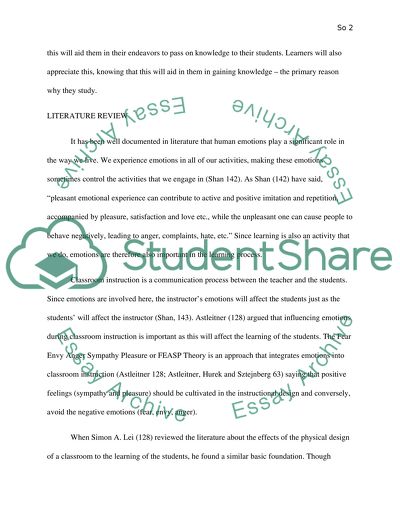Cite this document
(“Teacher-Student Physical Distance Essay Example | Topics and Well Written Essays - 1750 words”, n.d.)
Retrieved from https://studentshare.org/education/1438860-reflective-inquiry
Retrieved from https://studentshare.org/education/1438860-reflective-inquiry
(Teacher-Student Physical Distance Essay Example | Topics and Well Written Essays - 1750 Words)
https://studentshare.org/education/1438860-reflective-inquiry.
https://studentshare.org/education/1438860-reflective-inquiry.
“Teacher-Student Physical Distance Essay Example | Topics and Well Written Essays - 1750 Words”, n.d. https://studentshare.org/education/1438860-reflective-inquiry.


